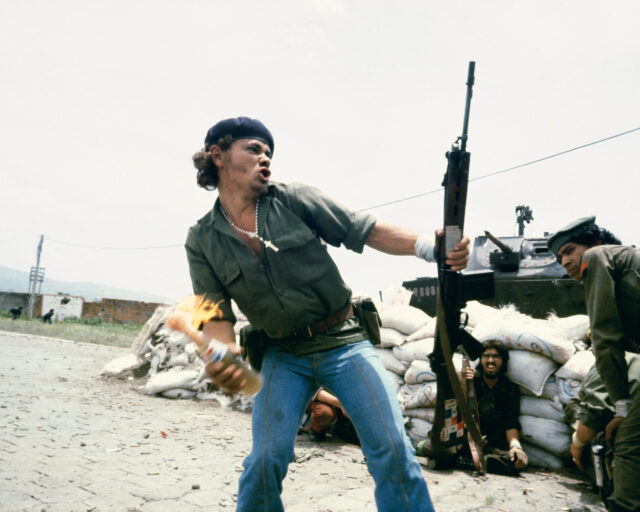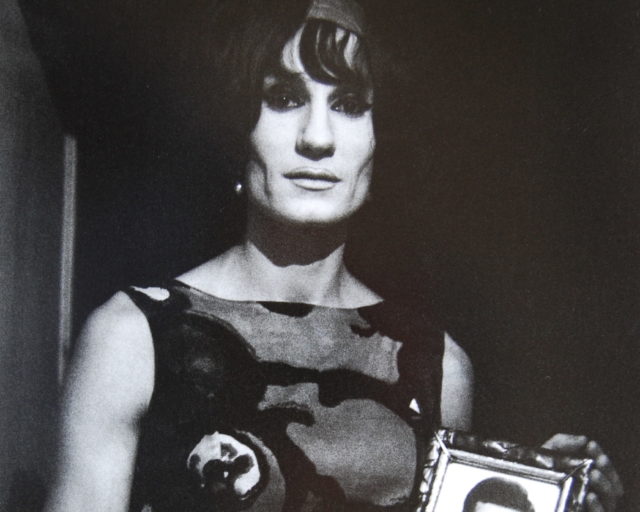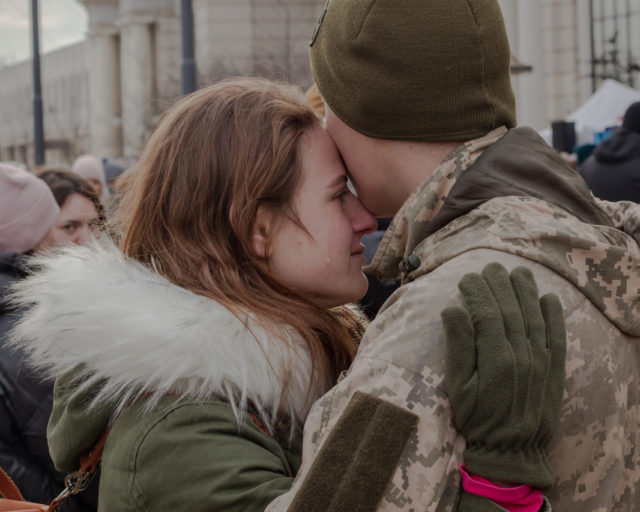Viral Images Ignite Calls for Social Change
In the wake of this summer’s violent shootings caught on camera, an exhibition at the Bronx Documentary Center considers the impact of citizen journalism.
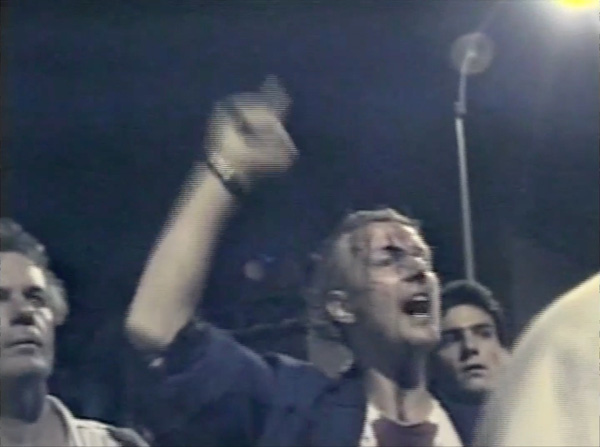
On August 6, 1988, New York City police attempted to enforce a curfew during a rally held at Tompkins Square Park. Clayton Patterson filmed the event on his VHS camcorder and his footage captured multiple incidents of police brutality, leading to the indictment of six police officers. Courtesy Clayton Patterson
On the Internet, there’s power in numbers. Viral images, videos, and even live feeds posted by ordinary people can upend mainstream media and drive political dialogue. But, the impact of citizen journalists isn’t a phenomenon unique to our hyperconnected era. When photojournalist and Bronx Documentary Center (BDC) cofounder Michael Kamber first conceived of the exhibition New Documents, he began with what he describes as the “disintegration of the traditional media and professional journalism [into] citizen journalism,” propagated on social media. “Increasingly,” Kamber explained to me recently, “ordinary citizens who happen to be on the scene with cell phones are not just influencing, but really controlling our national conversations and agendas.” Kamber worked with Danielle Jackson, former cultural director of Magnum Photos, to compile a selection of photographs and videos made between 1904 and the present. The images and their associated texts in New Documents, on view through September 18, demonstrate the indispensable role citizen journalists have played in the documentation of violence and social injustice, and, perhaps most importantly, the widespread circulation of evidence.
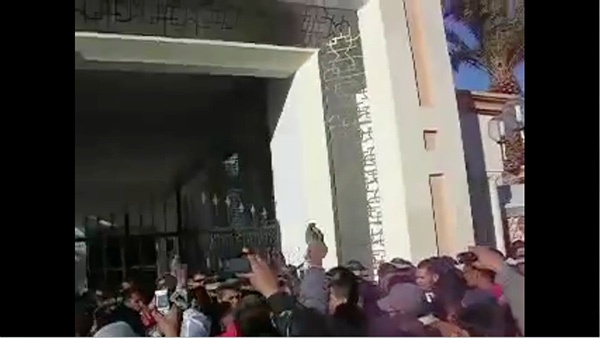
Videos recorded on mobile phones show the first protests in response to the suicide of 26-year-old Tunisian street vendor, Mohamed Bouazizi, who set himself on fire in front of a government building after his produce had been confiscated by the police. Bouazizi’s public suicide marked the beginning of the Arab Spring. Courtesy YouTube
The installation, like the cameras used to create its contents, boasts no extravagant bells or whistles. Situated in the 1,000 square-foot storefront of the BDC’s building on the corner of West 151st Street, the exhibition chronicles the recent history of image capturing and sharing technology, from early cameras to Facebook Live. Along one gray wall, punctuated with recessed displays, visitors encounter photographs and magazines, as well as videos playing on a variety of devices. This combination of materials produces a potent contrast between the unspeakable, yet chillingly familiar horrors enacted by humans, and an invigorating optimism, offering a concentrated perspective on nonprofessional media and a sense that positive change is possible through visual activism.
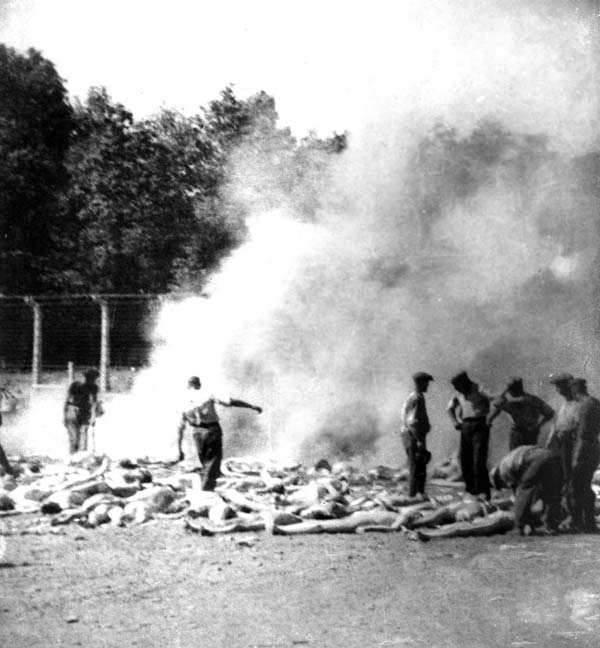
One of four photographs secretly taken in August 1944 at the Nazi concentration camp Auschwitz by a special unit of prisoners known as sonderkommandos. They were charged with disposing corpses of gas chamber victims, and documented their activity using what an eyewitness has described as a Leica. Alberto Errera, Auschwitz II-Birkenau, Poland, August, 1944
Originally slated to open in mid-July, Kamber realized he needed to reevaluate New Documents after the first eight days of July saw the deaths of Alton Sterling in Baton Rouge, Louisiana, and Philando Castile in St. Paul, Minnesota, and the shooting of five police officers by a sniper in Dallas. Kamber reached out to Jackson to steer a new curatorial agenda. (The exhibition later opened on July 28.) Together, revising the original criteria, they decided that each document in the exhibition must have been made by bystanders witnessing socially charged events—as opposed to state-owned cameras, perpetrators’ cameras, or surveillance cameras—and the distribution of the images must have been intended as a means of exposing injustice.
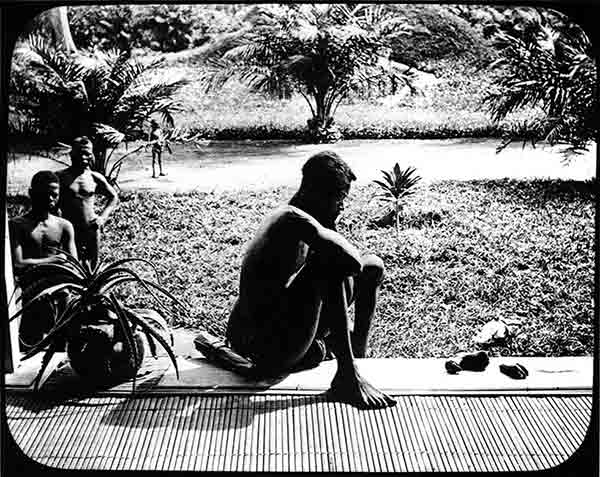
Nsala of Wala with the severed hand and foot of his five-year-old daughter, who was murdered by an ABIR (Anglo-Belgian India Rubber Company) militia, a result of King Leopold of Belgium’s brutal colonial rule, ca. 1904. Courtesy Alice Seeley Harris/Anti-Slavery International and Autograph ABP
New Documents begins with a 1904 image by the English missionary Alice Seeley Harris depicting a Congolese man, Nsala of Wala, sitting next to the severed hand and foot of his five-year-old daughter. Nsala’s daughter, son, and wife were killed and dismembered by sentries of the Anglo-Belgian India Rubber Company as punishment when the village did not meet the required rubber production quota. Seeley, who documented the shocking brutality of Belgian colonialism and the rubber trade in the Congo Free State, ignited social indignation when her photographs were published in Europe and the United States. One of the first examples of a human rights campaign in which photography was deployed as evidence, Seeley’s photographs greatly contributed to King Leopold II relinquishing his tyrannical control of the Congo to the Belgian government in 1908. The New Documents timeline ends with the video live streamed to Facebook by Diamond Reynolds as she recorded the death of her partner, Philando Castile, who was shot by a police officer after being pulled over in a suburb of St. Paul. By the next morning, the video was the lead story across media outlets in the U.S. and abroad, resulting in widespread protest, both online and in the streets.

From the front seat of a car, Diamond Reynolds livestreams to Facebook as her partner, Philando Castile, lays dying next to her from a policeman’s bullet. Reynolds confronts the police officer as she talks into the camera and recounts the moments earlier when the police officer fired on Mr. Castile. St. Paul, Minnesota, July 2016. Courtesy Diamond Reynolds/Facebook
Between these bookends, New Documents includes photographs such as the only existing images of Auschwitz taken by a prisoner, which show Jews being led to a gas chamber and their bodies being burned, and a 2004 photograph of the coffins of American service members killed in Iraq, extending far down the cargo hold of a plane returning to the U.S. The U.S. government had maintained a 1991 ban on the publication of images of military caskets, making this image, at the time, one of the few media representations of deceased soldiers. (The ban was lifted in 2009.) The videos on view range from infamous citizen recordings such as the 1963 assassination of president John F. Kennedy and the 1991 beating of Rodney King, to the 1978 secret dumping of nuclear waste by the British ship Gem, 400 miles off the coast of Spain, and the 2009 death of Neda Agha-Soltan, an innocent bystander passing through a protest in Tehran, Iran against then-president Mahmoud Ahmadinejad.

The coffins of American service members killed in Iraq sit aboard a cargo plane waiting to be sent back to the United States. Kuwait City, Kuwait, 2004. Courtesy Tami Silicio/Zuma Press
Though each of the many images alone carries tremendous weight, the most affecting element of New Documents is the illuminating dialogue between image and text. Apart from date and location, the texts accompanying each document describe the result of the image, effectively elevating the photographs and videos to a level of social relevance and accessibility. In her 2013 essay “Too Much World: Is the Internet Dead?” the filmmaker and artist Hito Steyerl argues against the notion that images are objective or even subjective representations of human experience. Instead, she writes that they are “nodes of energy and matter that migrate across different supports, shaping and affecting people, landscapes, politics, and social systems.” New Documents activates the energetic potential of photography—whether analog or digital—and encourages viewers to play an active role in the fight for individual autonomy and freedom.
New Documents is on view at the Bronx Documentary Center through September 18, 2016.










